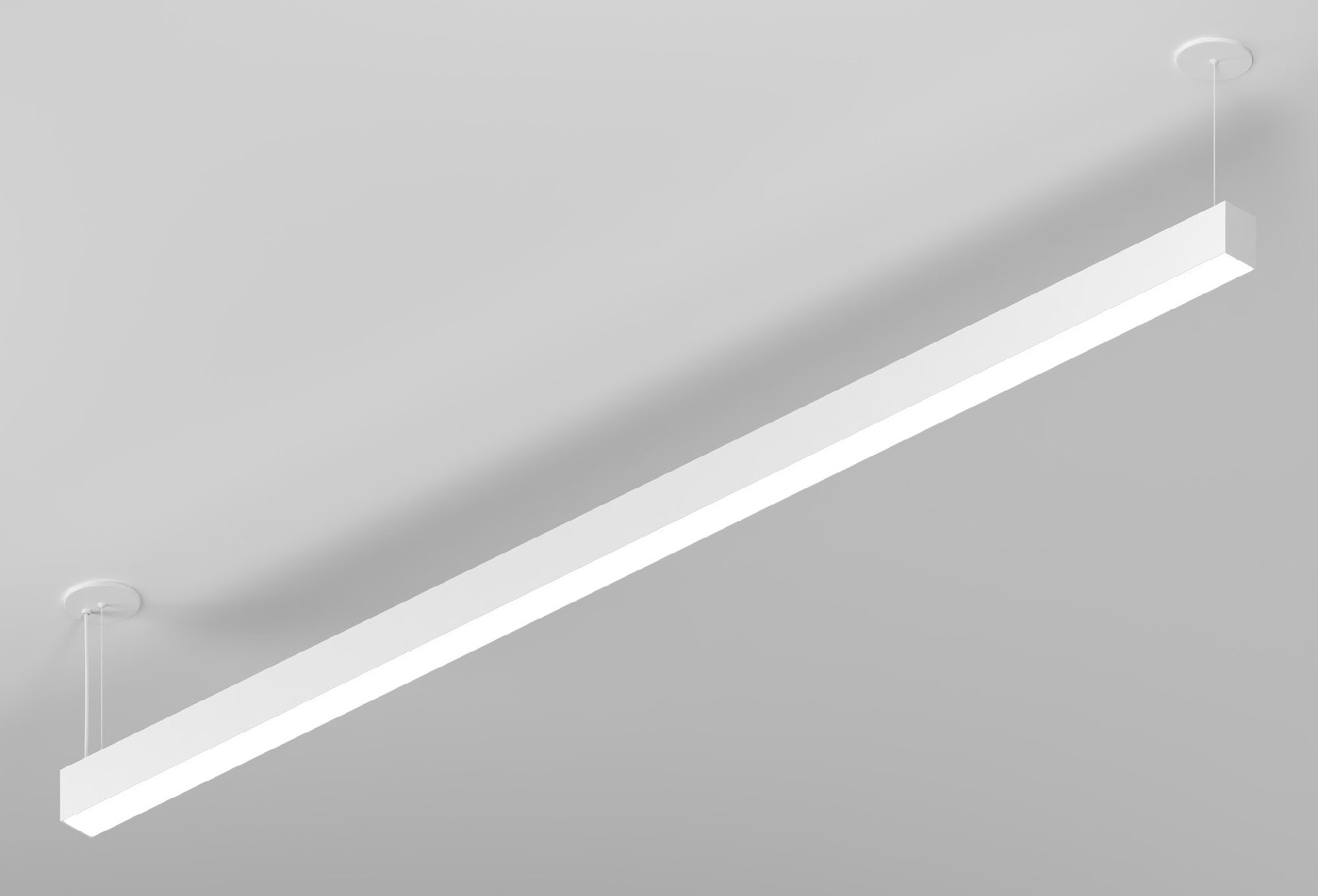What Is Linear Lighting?
Linear lighting is defined as a linear shape luminaire (opposed to square or round). These luminaires long optics to distribute the light over a more narrow area than with traditional lighting. Usually, these luminaires are long in length and are installed as either suspended from a ceiling, surface mounted to a wall or ceiling or recessed into a wall or ceiling.
Linear ceiling light have revolutionized the way we light long spaces such as retail stores, warehouses, and office buildings. In the past, these spaces were difficult to light due to the lack of linear lighting technology, which resulted in inefficient use of incandescent bulbs and wasted light. However, the adoption of fluorescent tubes in industrial spaces in the 1950s marked the beginning of linear lighting technology. As the technology grew, linear lighting became more widely used in commercial and residential spaces.
With the emergence of LED lighting in the early 2000s, linear lighting technology saw significant improvements in performance and aesthetics. LED linear lighting allowed for continuous light lines without any dark spots, which was previously an issue with fluorescent tubes. Today, there are a plethora of options available for linear lighting, including direct/indirect, tuneable white, RGBW, daylight dimming, and more. These features packaged into stunning architectural luminaires can result in unrivalled products.
In conclusion, linear lighting has come a long way since its inception, and LED technology has played a crucial role in its advancement. The ever-increasing demand for aesthetically pleasing and high-performance linear lighting continues to drive innovation in the industry.

